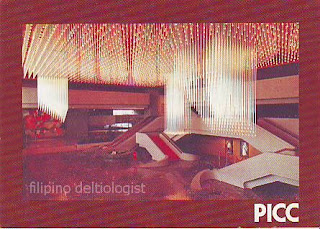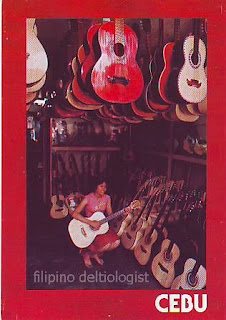 Loakan Airport
Loakan Airport
LOAKAN AIRPORT
Loakan Airport is known for the cliffs that drop vertically off both ends of the concave runway. Camp John Hay flanks the north, while the Philippine Military Academy (PMA) plateau to the south. Mt. Ugu (6,600 feet), Mt. Kabuyao (6,600 feet) and Mt. Santo Tomas (7,300 feet) loom beside the airport.
Traffic patterns are to the north only since high terrain blocks the airport tower’s view on the south. The airport had installed markers every 50 feet along the runway, with large black lettering on a white background telling pilots how many feet left until the end of the runway.
RELATED ENTRY:
M1370: Baguio Airport Postcard
SOURCES:
Real Hazards and Imagined Terrors
Part 46: There and Back Again
IMAGE SOURCE:
Loakan Airport Wikipedia Entry
Loakan Airport is known for the cliffs that drop vertically off both ends of the concave runway. Camp John Hay flanks the north, while the Philippine Military Academy (PMA) plateau to the south. Mt. Ugu (6,600 feet), Mt. Kabuyao (6,600 feet) and Mt. Santo Tomas (7,300 feet) loom beside the airport.
Traffic patterns are to the north only since high terrain blocks the airport tower’s view on the south. The airport had installed markers every 50 feet along the runway, with large black lettering on a white background telling pilots how many feet left until the end of the runway.
RELATED ENTRY:
M1370: Baguio Airport Postcard
SOURCES:
Real Hazards and Imagined Terrors
Part 46: There and Back Again
IMAGE SOURCE:
Loakan Airport Wikipedia Entry
































